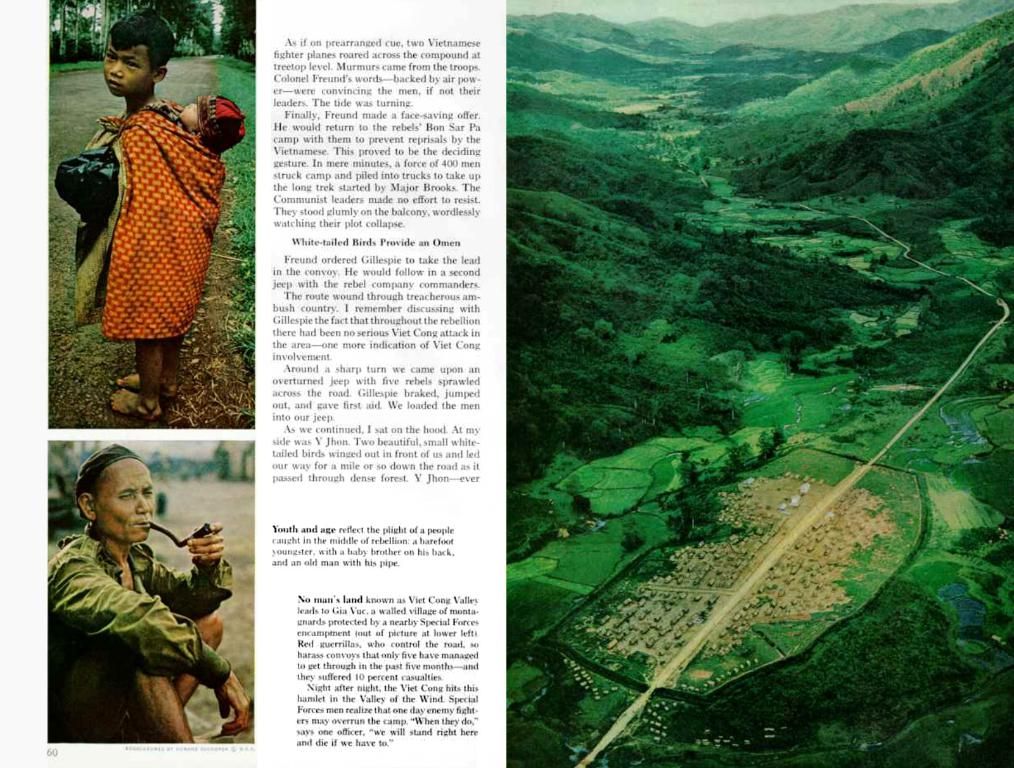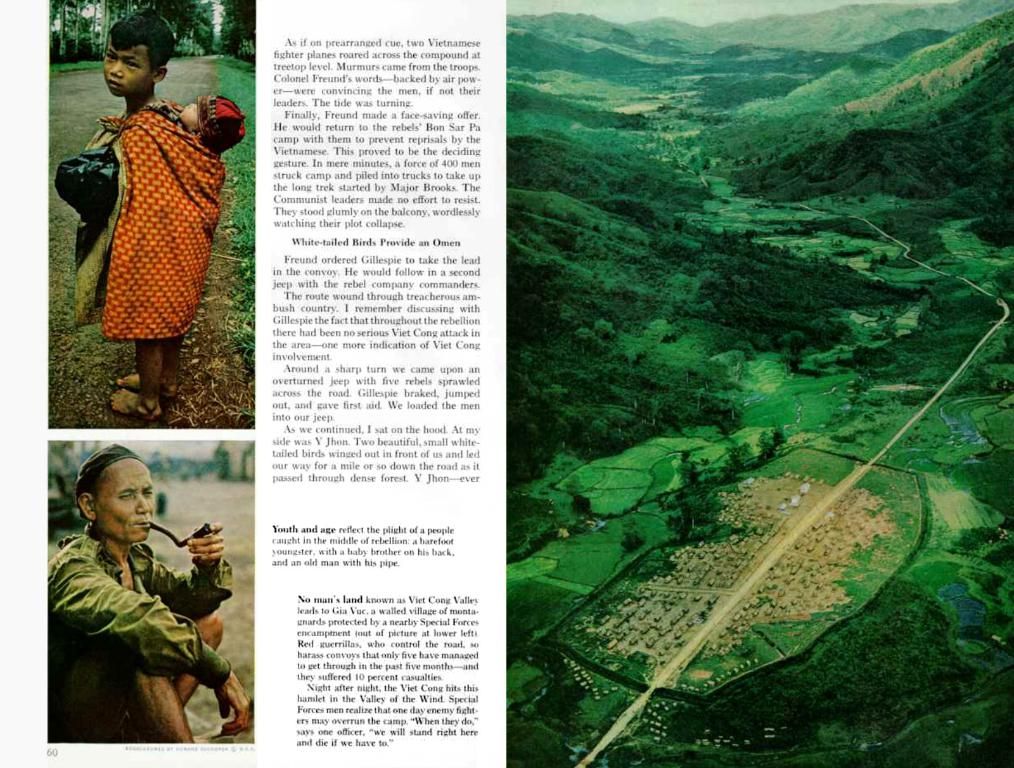New Approach by JRC for Enhanced Pesticide Exposure Evaluation through Development of Novel Risk Indicator
Taking Agriculture to Safer Ground: The JRC's Game-Changing Pesticide Risk Indicator
Ready to revolutionize agricultural practices and safeguard our communities? That's exactly what the Joint Research Centre (JRC) is doing with its groundbreaking tool, designed to monitor and manage pesticide risks more effectively. This innovation not only supports the shift towards sustainable farming methods but also assists in keeping residents safe from exposure to harmful pesticides.
In the world of pesticide regulation, the EU's risk assessment process reigns supreme. It assesses the potential risks posed to residents due to pesticide exposure, rejecting harmful substances or suggesting strategies to bring levels down to acceptable thresholds. However, there's always room for improvement, particularly when it comes to reducing exposure levels in areas with higher concentrations.
Enter the JRC's breakthrough study. This research delves into the spatial distribution of potential risks associated with non-dietary exposure, focusing on cases where people live near agricultural land where pesticides are applied. To achieve this, the study combines detailed pesticide sales data, crop distribution, and population distribution maps, creating a prototype indicator. This trailblazing indicator identifies regional hotspots where pesticide exposure is significantly higher. It takes into account a multitude of factors, such as the type and amount of pesticides used, the proximity to agricultural fields, and more.
Curious about how this revolutionary work came to fruition? The JRC conducted a pilot study in France, leveraging unique publicly available data that provides reliable records of pesticide sales and crop distributions at the postcode level. JRC scientists analyzed a set of 388 pesticides used in France, aiming to calculate the potential total pesticide load (chemical amount times toxicity) at the 'parcel' level, encompassing approximately 9.5 million parcels of land.
Although this approach approximates exposure levels in a worst-case scenario, it provides valuable insights for comparing areas with lower and higher annual exposure levels. Future research should focus on implementing data about actual usage in both time and space as well as applying risk mitigation measures once such data becomes available.
So, which crops pose the highest risk? The findings indicate that grapevines, spring barley, potatoes, and sugar beets have a higher likelihood of contributing to human contact with pesticides. Factors such as physical entry into treated fields and pesticides that easily produce vapors contribute to elevated risk levels. However, exposure through skin contact and spray drift during application was found to have a lesser impact.
Want to take your knowledge to the next level? Check out Development of a spatial risk indicator for monitoring residential pesticide exposure in agricultural areas, a detailed exploration of this fascinating research.
By developing this novel indicator further, the EU can advance its efforts to promote sustainable agricultural practices by gaining a more nuanced understanding of potential pesticide exposure. It's time to embrace this game-changing tool and leap towards a safer, greener, and more sustainable future for our farmlands and communities.
- This breakthrough study by the JRC, focusing on spatial distribution of potential risks from non-dietary pesticide exposure, combines pesticide sales data, crop distribution, and population distribution maps to create a prototype indicator.
- The trailblazing indicator identifies regional hotspots where pesticide exposure is significantly higher, taking into account factors such as the type and amount of pesticides used, proximity to agricultural fields, and more.
- The findings suggest that crops like grapevines, spring barley, potatoes, and sugar beets have a higher likelihood of contributing to human contact with pesticides due to factors like physical entry into treated fields and ease of pesticide vapor production.








